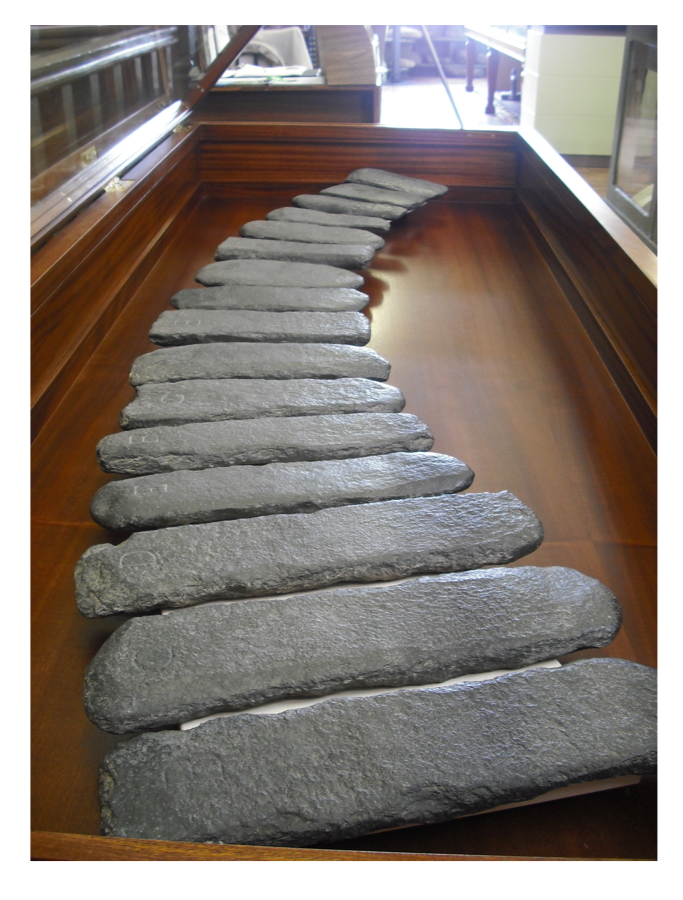The Crosthwaite Museum
Peter Crosthwaite established his museum, or cabinet of curiosities, in 1781. The establishment became, and remained, a prominent and popular tourist attraction of the Lakes until its closure in 1870. Crosthwaite first advertised his new business at the 1781 Keswick Regatta, at which he handed out pamphlets informing the visiting “Nobility, Gentry, and Others” of his “MUSEUM or CABINET of CURIOSITIES”.
The museum housed a varied collection
including local mineral and botanical specimens, as well as miscellaneous
curiosities from his time travelling with the East India Company.
Other curiosities in Crosthwaite’s museum included a stuffed albatross which measured ten feet from the tip of one wing to the other, a seven foot long alligator, a pig with no legs and a middle sized Chinese Lady’s shoe.

Crosthwaite also displayed a number of musical items, including the Aeolian harp of his own invention. Resting on a windowsill of the museum, it was activated by the breeze, making a whistling, mournful sound.
Some of Crosthwaite’s curiosities can still be seen at Keswick Museum today, such as “the first set of musical stones ever found” of which Crosthwaite “collected two octaves... upon which a variety of tunes can be played”.
Crosthwaite and his family reeled in the tourists with noise. A visiting Cambridge undergraduate in 1797 recorded that, upon spying potential customers, Crosthwaite ”drums in one corner of the room like a fool, to the noise of the barrel organ” whilst at the same time ”the old woman runs upstairs and rattles away at the gong, in a manner that cannot fail to attract the notice of the neighbours in the street”.
These tactics apparently had the desired effect. The Cumberland Pacquet of the 27 July 1830 claimed that “Mr Crosthwaite’s Museum never fails to arrest the attention of all the Lake tourists”.
The original set of Musical Stones from The Crosthwaite Museum, photographed with kind permission of The Keswick Museum.
